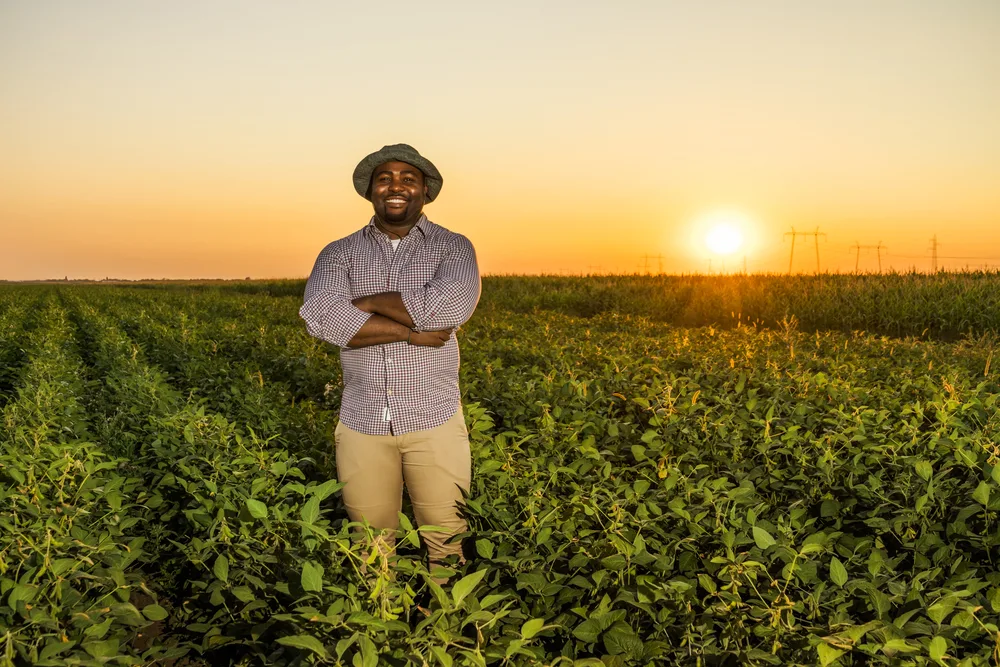
Black farmers still struggle to access USDA programs. In 2022, the USDA granted direct loans to only 36 percent of applicant farmers who identified as Black, according to an NPR analysis of USDA data. Sixteen percent of Black farmers were rejected—the highest amount for all demographic groups. In contrast, 72 percent of white farmers who applied were approved and only 4 percent of white farmers were denied.
As a result of the dogged advocacy of Black farmers, the American Rescue Plan Act, which became law in March 2021, included targeted debt relief payments to “socially disadvantaged farmers,” including Black farmers. Unfortunately, several courts issued preliminary injunctions against the program, blocking this relief.
Today, Black farmers continue to struggle financially and their farms remain at risk. According to the Center for American Progress, full-time Black farmers today earn one-seventh of the farm income that white farmers earn. A study by McKinsey similarly found that Black farmers are also more likely to generate a net loss, be given a long-term production contract, and operate on less land than white farmers.
Some Black farmers also do not have clear title to their land. Forty percent of land owned by Black farmers is heirs’ property, which is defined as land passed down between generations without a formal will or title.

